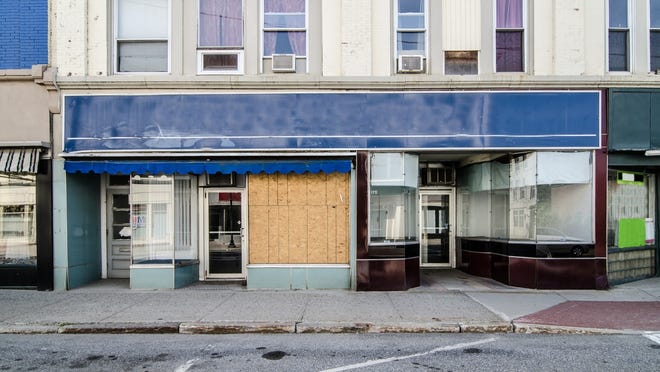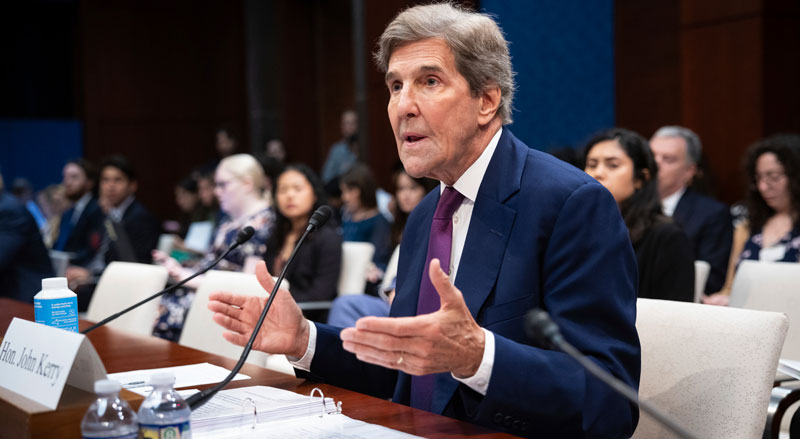US tops 4K daily deaths for second time; Texas; California
USA TODAY is keeping track of the news surrounding COVID-19 as a pair of vaccines join the U.S. fight against a virus that has killed 384,000 Americans since the first reported fatality in February. Keep refreshing this page for the latest updates surrounding the coronavirus, including who is getting the vaccines from Pfizer and Moderna, as well as other top news from across the USA TODAY Network. Sign up for our Coronavirus Watch newsletter for updates directly to your inbox, join our Facebook group or scroll through our in-depth answers to reader questions for everything you need to know about the coronavirus.
In the headlines:
►Coronavirus deaths in the U.S. have hit another one-day high at more than 4,300. The nation’s overall death toll from coronavirus has eclipsed 383,000, according to Johns Hopkins University. It is closing in fast on the number of Americans killed in World War II, about 405,000. The U.S. recorded 4,327 deaths on Tuesday; Arizona and California are among the hardest-hit states.
►California has lifted a stay-at-home order for 13 northern counties with improving hospital conditions, but most of the state’s population remains under tight restrictions in the pandemic. The state on Tuesday lifted the order in the Sacramento region – a rare turn of good news as California pushes through what Gov. Gavin Newsom called its “most intense surge” of the coronavirus.
►Scientists have identified a mutation that may decrease the efficacy of COVID-19 vaccines. The mutation, first spotted in South Africa two months ago, has since spread to 12 other countries.
►South African President Cyril Ramaphosa said a task team under the African Union has secured 270 million doses of COVID-19 vaccines for the continent, the largest such deal for the region. Ramaphosa said the doses will come from Pfizer, Johnson & Johnson and AstraZeneca.
►Recent analysis of late-stage trials found China’s COVID-19 candidate vaccine, CoronaVac, has an overall effectiveness of 50.38%, the Butantan Institute said Tuesday in Sao Paulo, Brazil. While the vaccine meets the threshold for regulatory approval, it’s a disappointing descent from early results that showed it was 78% effective.
►Los Angeles County is asking residents to wear masks at home if they go out for work or to get groceries, the Los Angeles Times reported, as the region nears 1 million virus cases. In addition, the L.A. City Council approved a motion Wednesday instructing city departments to prioritize issuing citations during normal duties to people not wearing masks.
📈 Today’s numbers: The U.S. has more than 23 million confirmed coronavirus cases and more than 384,000 deaths, according to Johns Hopkins University data. The global totals: More than 92 million cases and 1.97 million deaths.
📘 What we’re reading: U.S. hospitals are on the brink – but COVID-19 isn’t slowing down. “Absolutely, it’s what we feared,” the chief health care officer for the Association of American Medical Colleges told USA TODAY. Read more here.
As virus rampages through Southern California, many health workers reject vaccine
Even as the coronavirus is running rampant through large swaths of Southern California, a substantial number of health care workers — who are first in line for the vaccine — are rejecting the shots.
About half the hospital workers offered the COVID vaccine in Riverside County, southeast of hard-hit Los Angeles County, have turned it down. With a population of 2.5 million, Riverside County on Tuesday became the eighth county in the nation to exceed 200,000 coronavirus cases.
“Some of them are saying, ‘You know, not yet,’ that they just want to see how things go,” Public Health Director Kim Saruwatari told the Palm Springs Desert Sun. “Some are just not giving any type of reason on why they’re not taking it.”
Operation Warp Speed chief Moncef Slaoui resigns but will stay on through Biden transition
Moncef Slaoui, who has helped lead the Trump administration’s vaccine development effort, is resigning but has agreed to stay on in an advisory role for 30 days to support the transition to the Biden administration.
Slaoui has long said that he would resign as head of Operation Warp Speed around the end of 2020 or early 2021 when he felt like he had contributed as much as he could to the vaccine development. The emphasis has now shifted to distribution and delivery, which is under the purview of General Gus Perna.
Last week, Slaoui said he would stay longer than initially planned to ensure the success of three more large clinical trials underway, testing candidate vaccines from Johnson & Johnson, AstraZeneca and Oxford University and Novavax.
– Karen Weintraub
What will COVID-19 look like in the future? Possibly another common cold, study says
SARS-CoV-2 “could join the ranks of mild, cold-causing … human coronaviruses in the long run,” according to a model developed by Emory University and Penn State University scientists.
The model, published Tuesday in the peer-reviewed journal Science, compares the deadly virus to four common cold coronaviruses plus the SARS and MERS viruses, which surfaced in 2003 and 2012, respectively.
Researchers determined from the model that if the coronavirus continues to circulate in the general population and most people are exposed to it from childhood, it could be added to the list of common colds.
Study authors concede the model makes some assumptions about the coronavirus and common colds that are not known yet, but a take-home message is “the critical need for broad-scale vaccination may wane in the near term,” said study author Ottar Bjornstad, who teaches entomology and biology at Penn State University.
Some states speed up vaccine distribution while others push back on federal changes
Facing a slower-than-hoped coronavirus vaccine rollout, officials around the nation shifted gears Tuesday to accelerate the elivery of shots to more people. The U.S. government is asking states to speed up COVID-19 vaccinations to people over 65 and others at risk instead of holding back vaccines for a second dose.
The change had immediate effects in New York, where Gov. Andrew Cuomo expanded the vaccine eligibility requirements to follow the new CDC guidelines. Idaho will implement the guidelines Feb. 1, Gov. Brad Little said. Pennsylvania and New Jersey have also said they’re “immediately” expanding vaccination guidelines to include patients 65 and older.
However, other states are pushing back on federal guidance, citing supply concerns. Rhode Island Department of Health spokesman Joseph Wendelken referenced those in saying the state does not plan to expand vaccinations to people 65 and older. Iowa’s health department said the state may consider adopting new guidelines “once we have reasonable confidence that supply meets the demands of this broader eligibility criteria.”
Hospitals face COVID-19 surge, staff shortages and rising deaths
Four states with the largest share of hospital beds occupied with COVID-19 patients – California, Arizona, Nevada and Georgia – are struggling to keep pace with the unprecedented surge.
In Los Angeles, public hospitals are preparing to shift to crisis mode, and the county has instructed ambulances to not send patients to overburdened hospitals if they can’t be revived in the field. More than two dozen Georgia hospitals have no available beds in intensive care units, according to U.S. Department of Health and Human Services.
While public health officials are optimistic widespread vaccination will provide a glimmer of hope this spring, there’s no respite now for doctors and nurses in overburdened emergency rooms and intensive care units.
– Ken Alltucker
Contributing: The Associated Press


